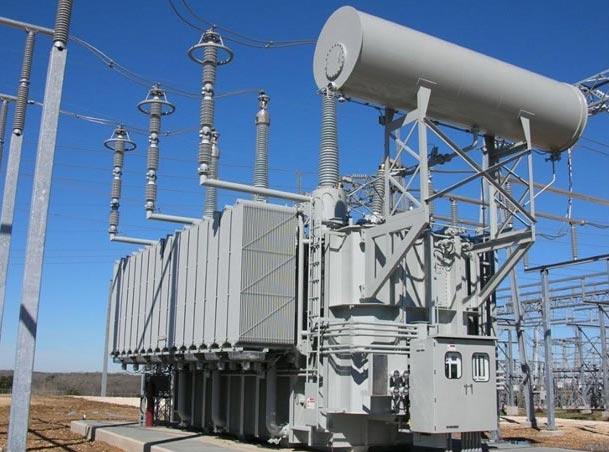Introduction: Transformers are the unsung heroes of the electrical world, facilitating the efficient and safe transmission of electricity across various applications. These versatile devices are instrumental in stepping up or stepping down voltage levels, enabling the seamless flow of energy through power grids, industrial processes, and everyday devices. This article delves into the essential components, types, working principles, and significant applications of transformers.
Working Principle: The transformation of voltage is rooted in Faraday’s law of electromagnetic induction. When alternating current (AC) flows through the primary coil, it generates a changing magnetic field. This field induces a voltage in the secondary coil through electromagnetic coupling, leading to a transformation of voltage levels while conserving power.
Applications of Transformers: Transformers are ubiquitous in diverse sectors:
- Power Generation and Transmission: Transformers enable the efficient transfer of electricity from power plants to substations, ensuring energy reaches homes and industries.
- Industrial Processes: Industries rely on transformers for machinery operation, lighting, heating, and other processes requiring specific voltage levels.
- Commercial and Residential: Household devices, ranging from smartphones to refrigerators, depend on transformers to match varying voltage requirements.
- Renewable Energy Integration: Transformers play a vital role in connecting renewable energy sources like solar and wind to the grid.

